
MENUMENU
TALK TO AN EXPERT
Special Hours: 7AM – 6PM PST
TALK TO AN EXPERT
Special Hours: 7AM – 6PM PST
In a market saturated with batteries of all shapes, sizes, chemistries, and brands, selecting a battery can quickly become overwhelming. For the average consumer, sorting through scientific jargon, usage restrictions, and application power requirements seems nearly impossible. However, simply taking the time to walk through the meaning of each battery specification can make it much easier to determine which battery is best suited to your application. Battery reserve capacity is an essential specification that can make or break a system in a variety of applications. Thoroughly understanding the importance and specifications of battery reserve capacity can point you toward the right battery.
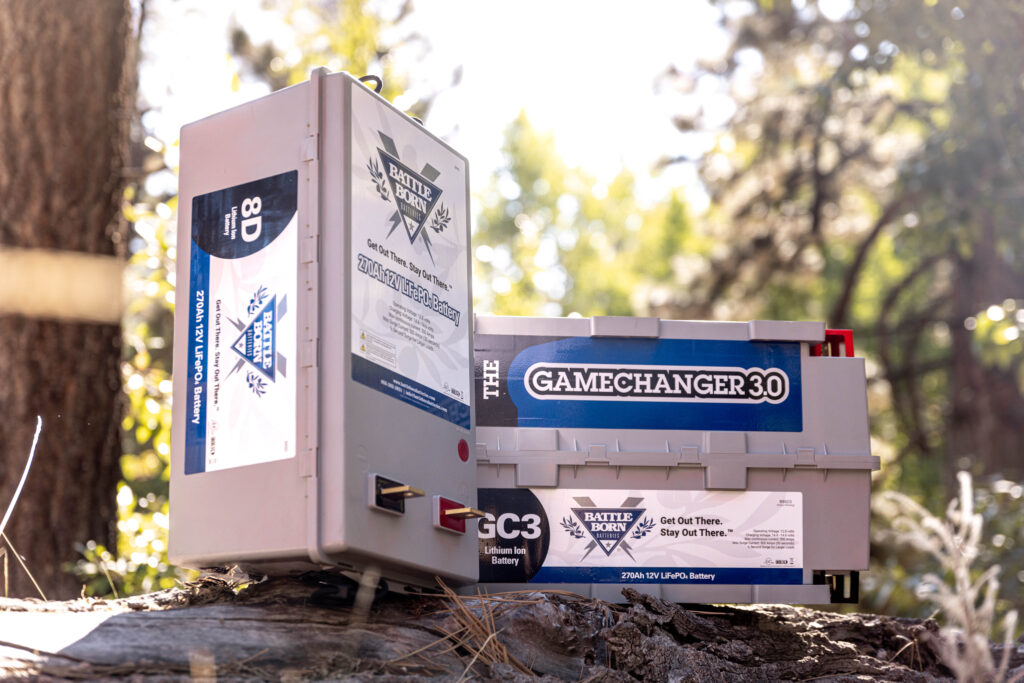
Battery reserve capacity (RC) is a specification commonly seen on deep-cycle lead-acid batteries. RC can be boiled down to the time in minutes that a 12V lead-acid battery can sustain a 25-amp load and remain above 10.5 volts. The longer a fully charged battery runs before dropping below a specific voltage, the higher the battery reserve capacity is. It’s critical to note that reserve capacity is measured at 80°F, the optimal temperature condition for a lead-acid battery.
Commonly confused with RC measurements are Cold Cranking Amps (CCA). As opposed to battery reserve capacity, CCA is measured in amps, not minutes. This rating shows how many amps a battery will deliver over 30 seconds at 0°F without dropping below 7.2 volts.

CCA ratings specifically apply to starting batteries and have nothing to do with battery capacity. A starting battery is constructed very differently than a deep cycle and is intended for short bursts of energy only followed by an immediate recharge. Battery reserve capacity ratings are key to understanding how long deep-cycle batteries will be able to perform under load.
At a high level, when evaluating lead-acid batteries, their reserve capacity is a more accurate measurement of how long they will last under a sustained load than their amp-hour rating. The amp-hour rating will be much lower than the actual capacity of the battery, primarily due to the Peukert effect.
Peukert’s Law mathematically explains how the rate of discharge influences the battery’s actual capacity. If you run your battery at a high discharge rate, the internal resistance within the battery creates a voltage sag that ultimately shortens how long it will last.
This specifically comes into play with lead-acid batteries. Under high loads, the internal resistance of the batteries uses up even more energy from the chemical reaction faster than at low loads, which is why the batteries appear to provide less energy under large loads. Conversely, lithium-ion batteries are minimally impacted by the Peukert effect and can consistently discharge 98 percent of their stored energy.
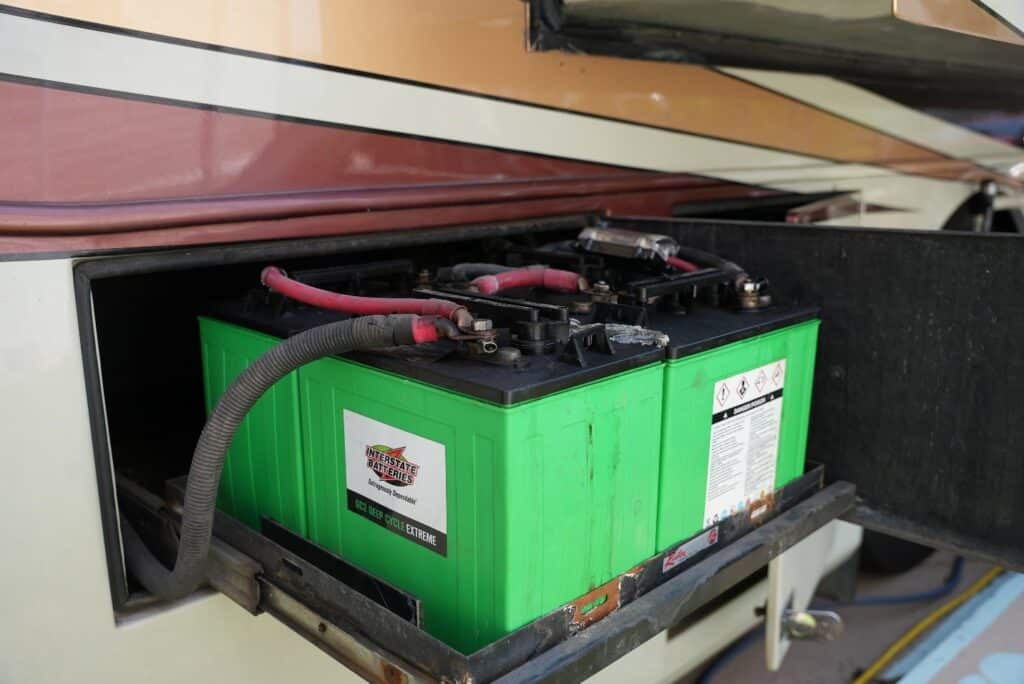
As a measurement of time, battery reserve capacity (RC) is depicted in minutes. To calculate the RC of a 12V lead-acid battery, the battery is initially charged to 100 percent. Then, a clock is started, and the 25 amps of power are drawn from the battery at 80°F until it drops below 10.5 volts. Once the battery is below 10.5 volts, the clock is stopped, and the total number of minutes the battery could sustain the 25 amp hour load becomes its RC rating.
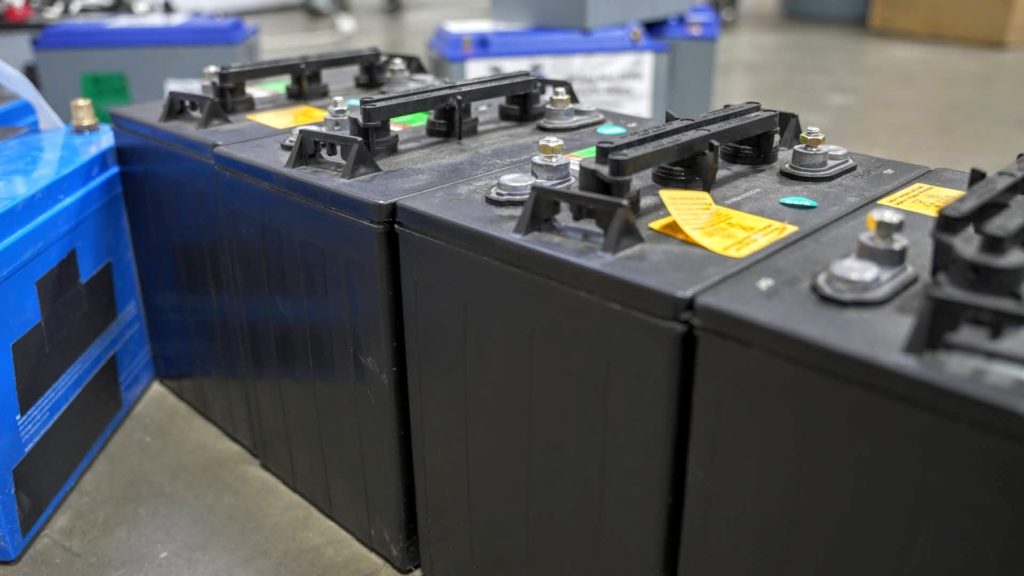
Much like the name implies, high reserve batteries provide higher than average reserve capacities. These batteries often produce a lower but still usable charge, meaning the overall capacity will last longer.
High-reserve batteries are particularly useful for those who consistently use large amounts of battery capacity between charges. They’re also good for those who may leave their batteries unused for extended periods. Additionally, high-reserve batteries are more likely to retain energy even after sitting idle, which helps avoid returning to dead batteries.
No, reserve capacity is not the same as amp hours; these are separate measurements that reflect different things. Battery reserve capacity is a simple measure of time, while amp-hours measures the number of amps a battery can provide over an hour-long period.
While these two measurements are not the same, they are related. With a simple math equation, battery reserve capacity (RC) can quickly be converted into amp hours.


Although this is a simple conversion, keep in mind that this doesn’t quite mean equal energy, as the measurements and conversions don’t take voltage into account.
Yes, lithium-ion batteries have reserve capacities, but they’re not typically rated or referenced in the same way as lead-acid batteries. With lithium batteries, amp-hours or watt-hours are generally used as the standards of comparison.
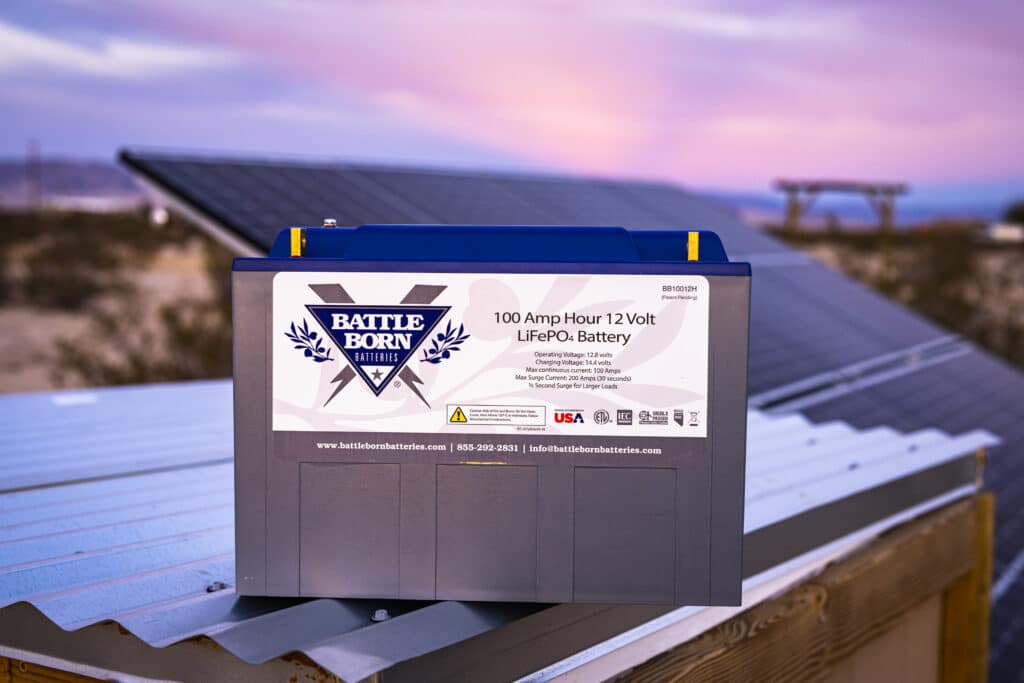
Traditional lead-acid batteries tend to have a lower reserve capacity due to the Peukert Effect. The Peukert Effect shows how their capacity decreases as the rate of discharge increases. High-quality lithium batteries, like Battle Born, are not significantly affected by the Peukert effect. This means that their amp hour rating is the actual amount of charge the battery can produce under most conditions.
Although the standard RC rating is not listed on lithium batteries, the simple equation mentioned earlier can help calculate a comparable number. The 12V 100Ah Battle Born Battery has the equivalent of a 240-minute reserve capacity, even though the battery will never go below 10.5 volts. The built-in battery management system (BMS) within Battle Born Batteries would go into low voltage disconnect (LVD) before 10.5 volts was reached.
The internal BMS and superior chemistry of Battle Born batteries prevent them from harm, even when continuous loads are drawn. This is not the case for traditional lead-acid batteries. Reaching the extent of the reserve capacity will drain the battery below 10.5 volts, which dramatically shortens the life of lead-acid batteries.
Battery reserve capacity (RC) is especially important when looking at deep-cycle lead-acid batteries. For engine starting applications, RC has no benefit, and cold cranking amps (CCA) are a more significant measurement.
When choosing a battery, it’s critical to understand your day-to-day needs and the capabilities you may need during an emergency. Battery reserve capacity is one of the most valuable ways to quantify the abilities of a lead-acid battery.
We know that building or upgrading an electrical system can be overwhelming, so we’re here to help. Our Reno, Nevada-based sales and customer service team is standing by at (855) 292-2831 to take your questions!
Also, join us on Facebook, Instagram, and YouTube to learn more about how lithium battery systems can power your lifestyle, see how others have built their systems, and gain the confidence to get out there and stay out there.
Shop Best Sellers



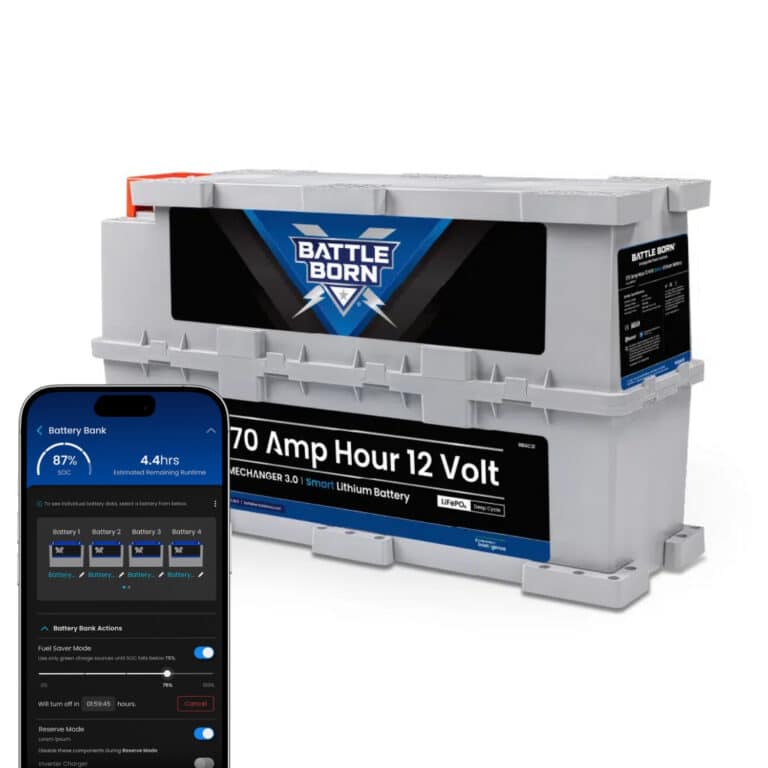




Ask a technical specialist now at 855.292.2831
Stay in the Know